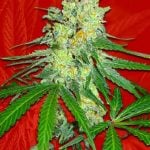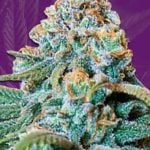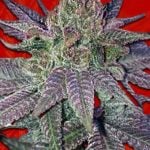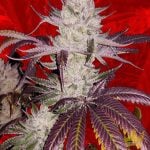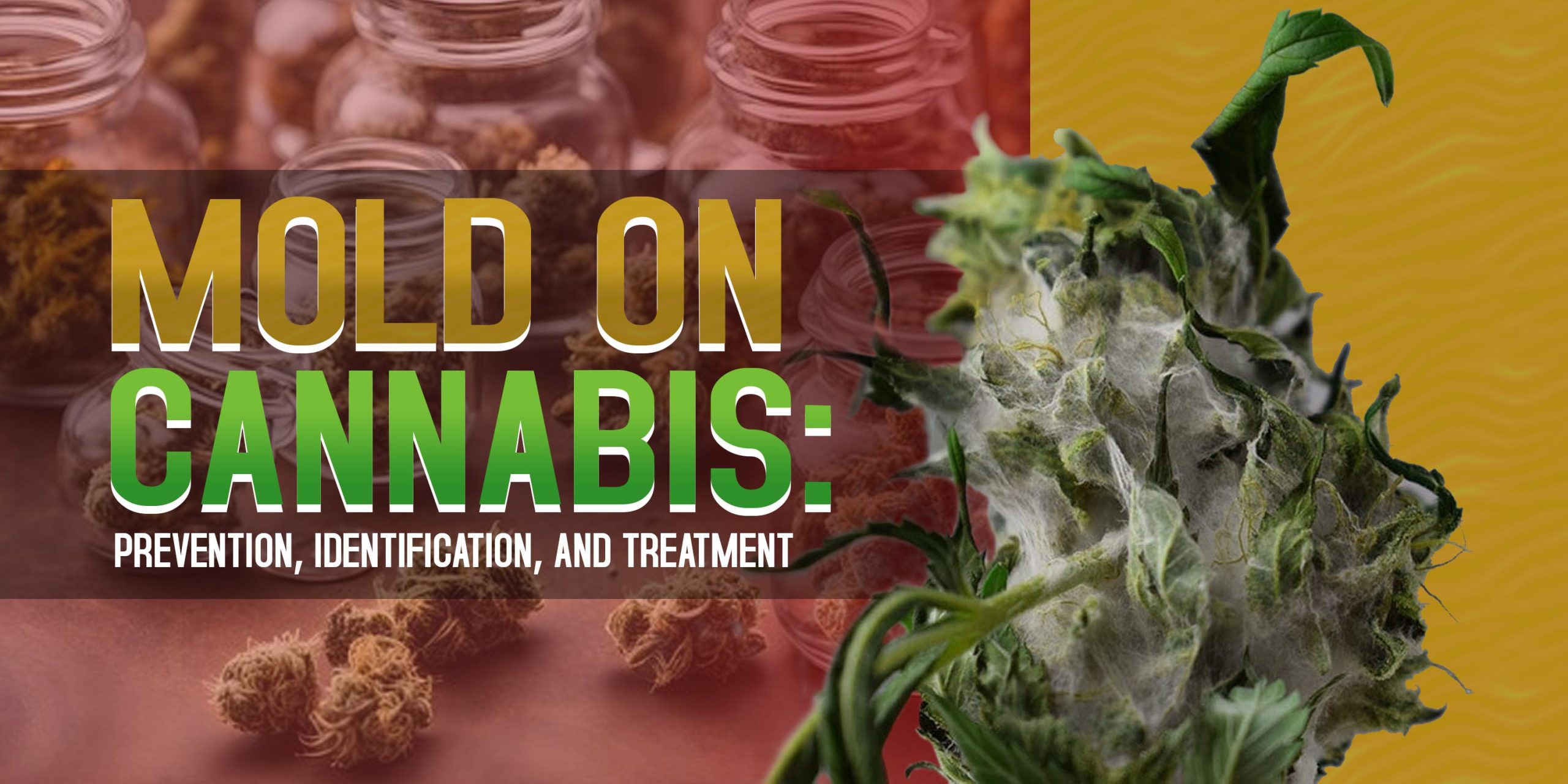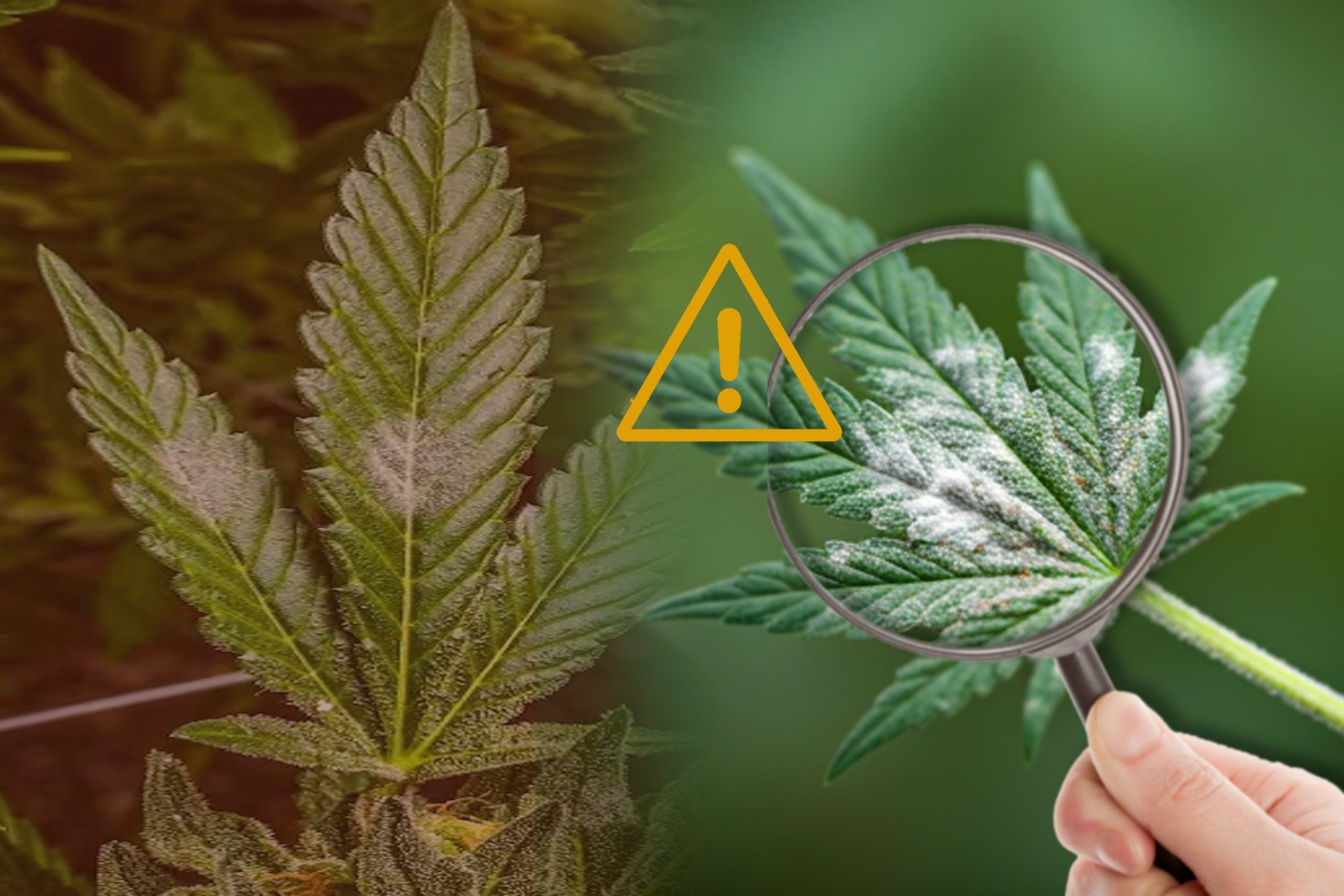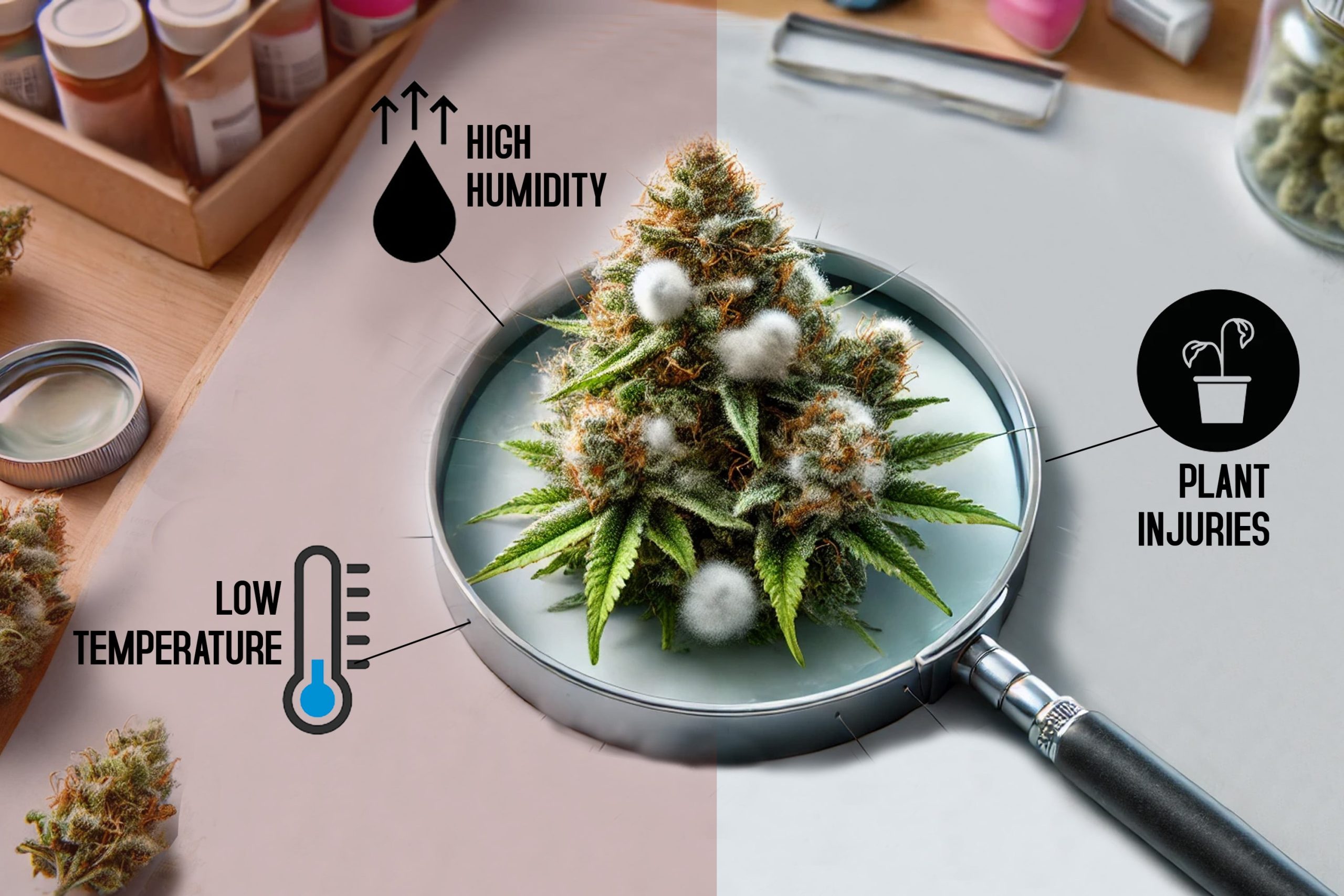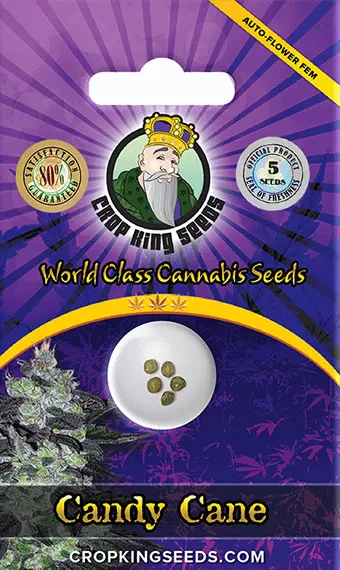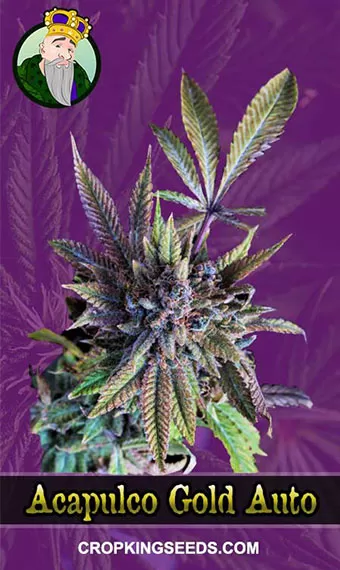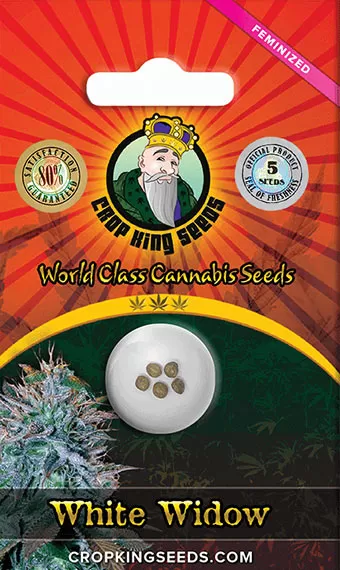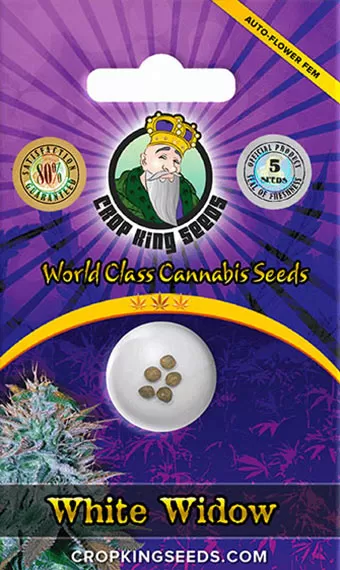When cultivating cannabis, vigilance against cannabis mold growth is the most important to ensure a healthy yield. Mold on cannabis not only compromises the quality of the product but also poses risks to consumers. In this article, we will tackle the intricacies of mold on cannabis, from its causes and identification to preventive measures and treatment options.
Recognizing Mold on Cannabis
Mold on cannabis manifests in various forms, including white, brown, black, or gray fuzzy patches. These discolorations often accompany an unpleasant odor, serving as key indicators of mold presence. Additionally, powdery mildew, characterized by thin black or white spots on leaves and buds, signifies another common type of mold infestation.
Causes of Mold Growth
Understanding the factors contributing to moldy weed plants is essential for effective prevention. Low temperatures, high humidity, improper storage, and plant injuries create favorable conditions for mold development. Particularly, inadequate airflow and overwatering exacerbate the risk, necessitating meticulous environmental management.
Types of Mold Infestations
- Bud Rot (Botrytis)
Bud rot, caused by the fungus botrytis, poses a significant threat to cannabis crops. Typically initiated by poor humidity control, this condition leads to the decay of plant tissues, ultimately resulting in yield loss. Swift removal of affected plants is imperative to prevent further contamination and safeguard neighboring crops. - Root Rot
Root rot, often triggered by overwatering or insufficient drainage, compromises the plant’s root system. Symptoms include wilting leaves and browning foliage, indicative of root deterioration. Timely intervention and careful examination of root health are critical in mitigating the spread of this fungal infection.
Distinguishing Mold from Trichomes
Distinguishing between mold and trichomes on cannabis plants is crucial for maintaining plant health and quality. Trichomes are small, hair-like structures on the surface of cannabis flowers that produce the plant’s cannabinoids and terpenes. They are essential for the plant’s defense against pests and environmental stresses.
Trichomes can sometimes be mistaken for mold, especially by inexperienced growers. However, there are key differences between the two. Trichomes are typically shiny and sticky to the touch, while mold tends to have a fuzzy or powdery appearance. Trichomes also have distinctive mushroom-like tips, which are absent in mold.
To accurately differentiate between trichomes and mold, growers can use magnification tools such as microscopes or jeweler’s loupes. Trichomes will appear as translucent, mushroom-shaped structures under magnification, while mold will appear as irregularly shaped clusters of spores.
Another method to distinguish between trichomes and mold is to use a black light. Trichomes will fluoresce under a black light, appearing bright white or blue, while mold will not exhibit this fluorescence.
By carefully inspecting cannabis plants and using these techniques, growers can accurately identify trichomes and mold, ensuring the health and quality of their plants.
Preventive Strategies
Preventing mold infestations in cannabis crops requires proactive strategies to maintain crop integrity. Proper drying and curing practices are essential, as excessive moisture can create an environment conducive to mold growth. Ensuring thorough drying and curing processes can help mitigate this risk.
Meticulous storage practices are also crucial. Cannabis should be stored in a cool, dry, and well-ventilated area to prevent mold growth. Using airtight containers can further protect the crop from moisture and mold contamination.
Maintaining optimal environmental conditions is key. Temperature and humidity levels should be monitored and controlled to inhibit mold proliferation. Proper air circulation and ventilation in grow rooms or storage areas can help prevent the buildup of moisture and mold spores.
In addition to these measures, using natural fungicides can help reinforce plant resilience against fungal threats. Substances such as propolis and essential oils have been shown to have antifungal properties and can be used as preventative measures against mold.
By implementing these preventive strategies, growers can minimize the risk of mold infestations and protect the integrity of their cannabis crops.
Conclusion
In summary, fighting mold on weed plants requires a comprehensive approach that includes staying watchful, managing the environment, and taking action early. By following strict quality control measures and using preventive strategies, growers can reduce the chances of mold and make sure their cannabis products are safe and high-quality.
FAQs
Q: What are the potential health risks of consuming moldy cannabis?
A: Inhaling mold spores from moldy cannabis can cause lung infections or allergic reactions, especially for people with weaker immune systems.
Q: How can I tell if my cannabis plant has root rot?
A: Look for wilting leaves and browning foliage, and inspect the roots for a black, mushy appearance.
Q: Can moldy cannabis affect other plants nearby?
A: Yes, moldy cannabis plants are more prone to diseases and pests, which can spread to neighboring plants and harm them.
Q: What should I do if I suspect my cannabis plant has bud rot?
A: Quickly remove the affected plant to prevent the spread of the fungus to other plants in the vicinity.
Q: Are there any natural methods to prevent mold on cannabis?
A: Yes, you can use natural fungicides like propolis or essential oils, which help strengthen the plant’s defenses against mold infestations.






